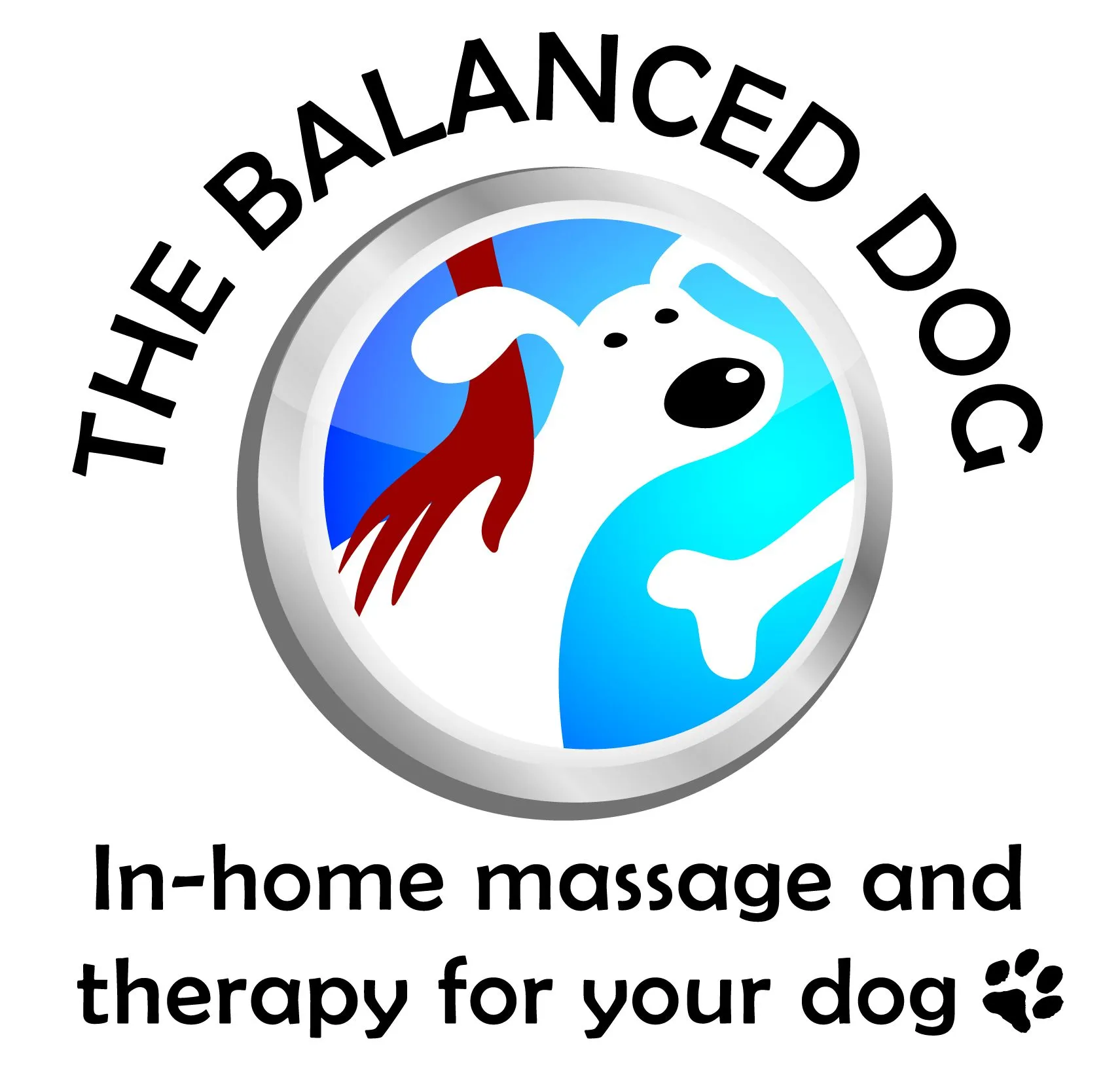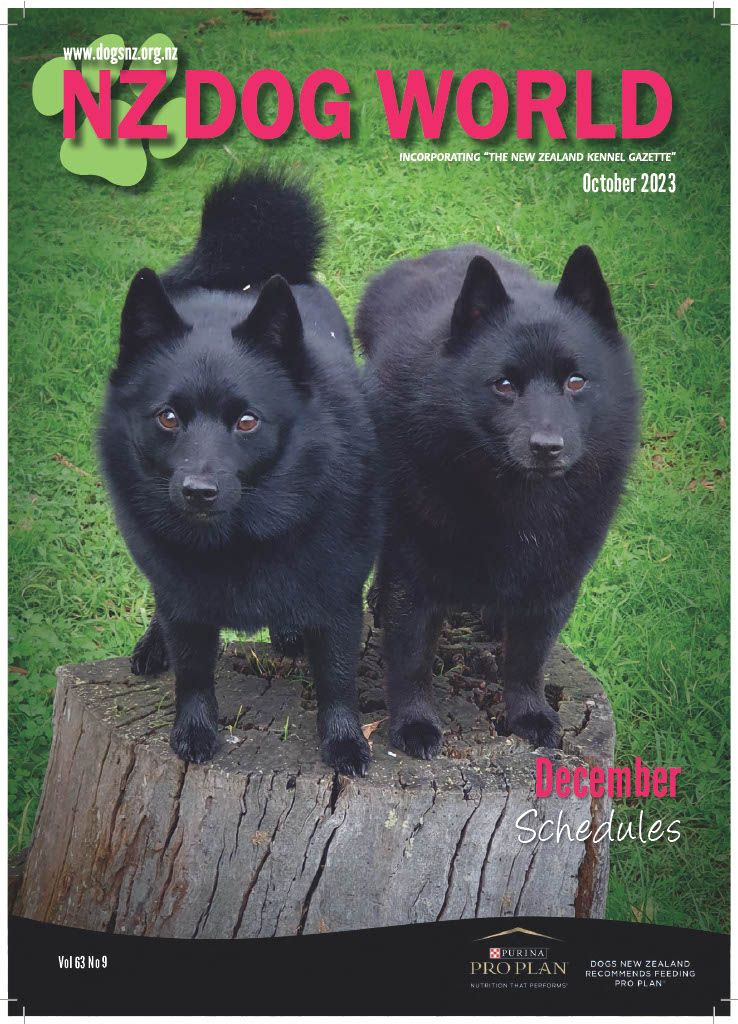A cup might seem like the most obvious way to measure out dry dog food, but new University of Guelph research finds that when it comes to getting portions right, dog owners often get it wrong.

(Pixabay)
The study, designed to test dog owners’ measuring skills, found owners were often inaccurate, ranging from a 48 percent underestimation to a 152 percent overestimation, depending on the device they used and the amount they tried to portion out.
The occasional measurement mistake may not seem like much, but errors made day after day could lead to under-nourishment, weight gain or obesity, said lead author Prof. Jason Coe from U of G’s Ontario Veterinary College.
“We found it particularly concerning to see how often participants over-measured the assigned portions, particularly given that there is an ongoing problem with pet obesity. Dog owners can easily overfeed their animals if they don’t measure out portions correctly, putting their animals at risk of several obesity-related diseases,” he said.
The solution, Coe said, is for dog owners to change their approach to measuring their dog’s dry food. The gold standard would be to use a kitchen scale to weigh out portions. Scales are precise and leave little room for error to ensure that dogs are neither over- nor underfed.
The study, published in the BMJ journal Veterinary Record and funded by Royal Canin, recruited 100 dog owners and asked them to use one of three common measuring devices to measure out kibble: a standard 2-cup scoop with gradated markings, sold at a local pet store; a 2-cup liquid measuring cup typically used for baking; and a 1-cup plastic dry-food measuring cup.
Each participant was asked to take their assigned measuring device and measure out three volumes of dry dog food: ¼ cup, ½ cup and 1 cup. The volume of dog food measured by participants was then compared to the correct weights respectively.
The participants’ portions varied considerably, particularly when they were asked to portion out the smallest volume which participants often got significantly wrong.
“That finding has important implications for small dogs, since they typically receive smaller volumes of food. Even a small amount of over measuring for a small dog can be a considerable increase in their daily caloric intake putting them at risk of weight gain from too much food,” said Coe, who is a researcher with the Department of Population Medicine.
Those using the 2-cup liquid measuring cup were most likely to inaccurately measure all three portions.
“The problem with trying to eyeball 1 cup or ½ cup in a 2-cup device is that there is lots of room for error in deciding where the measurement line is, depending on how you’re holding the cup,” said Coe.
Study participants were most accurate when they used a 1-cup dry-food measuring device to portion out 1 cup of kibble. Another option for improving accuracy is to use a dry-food measuring device matched to the amount needed, said Coe.
“The closer the measuring cup is to the portion you want to measure, the more accurate you’ll be,” said Coe.
But the best method of all, say the researchers, is the kitchen scale, which ensures each portion size is precise.
When the participants in this study were shown how off their usual measurement methods were, most indicated a high likelihood that they would start using a kitchen scale for measuring their dog’s kibble.
“I now use a scale in my own home for accurately measuring my own dog’s kibble. I first found it strange to use. But now that I’m in the routine of using it, it seems weird not to use a scale,” Coe said.
Coe says even dog owners who have pets that are at a healthy weight, ensuring correct food portions now is key to preventing weight gain and weight-related problems down the road.
“Most people want their pets to be happy and healthy and this is a way to keep their pets’ weights in control from Day 1, improving their chances of living long and full lives.”
Source: University of Guelph
















